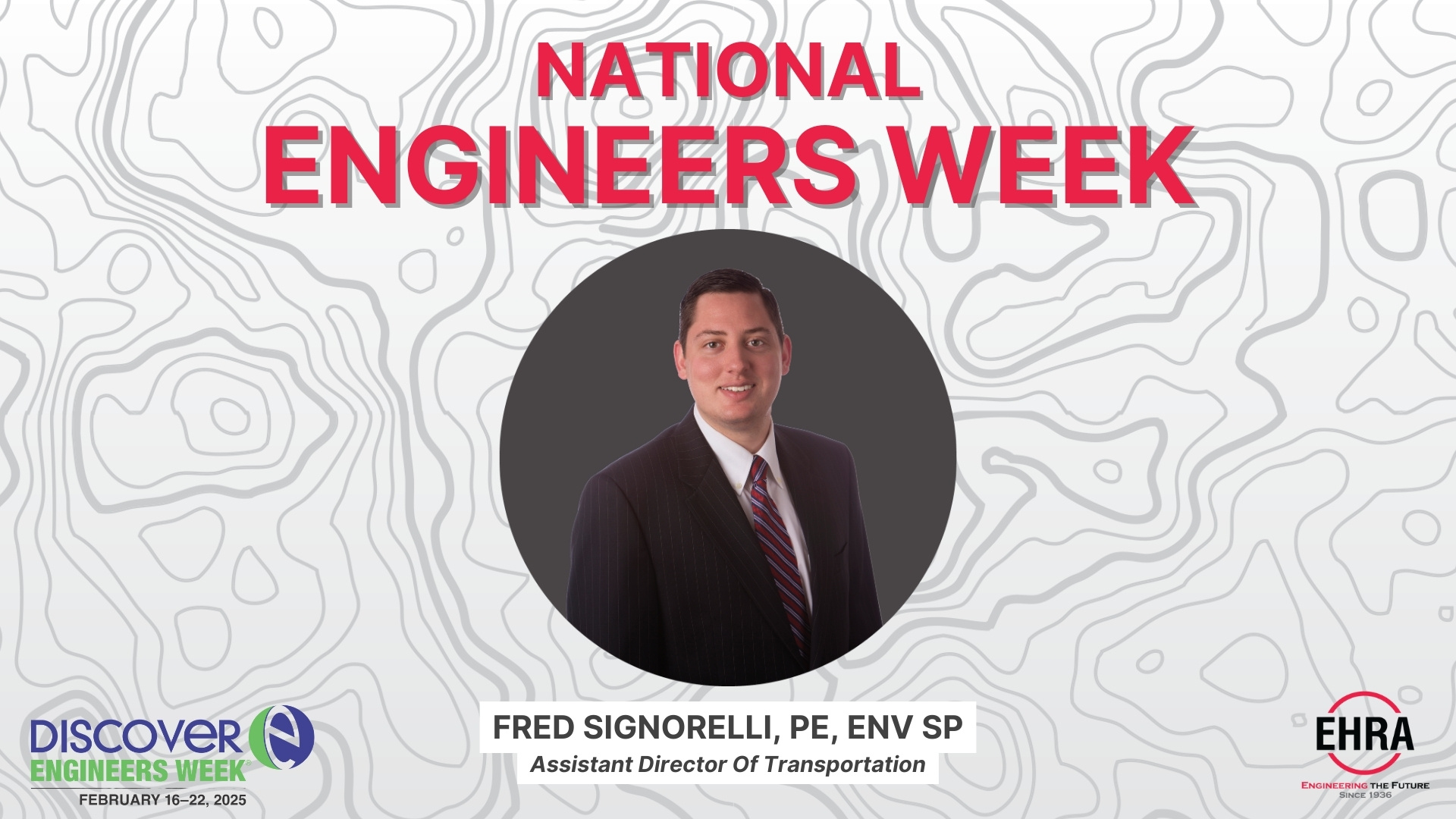

EHRA conducted a traffic engineering study to identify the impacts of a proposed master development located near the intersection of FM 1488 and Peoples Road in the City of Conroe.
EHRA assisted with the district creation of Montgomery County Municipal Utility District No. 126 to accommodate a ±329 acre master planned community located in northern Montgomery County in the City of Conroe, south of League Line Road, west of Longmire Road, and adjacent to Lake Conroe.
EHRA planners, hydrologists and landscape architects worked together to propose an alternative use for the space, re-developing the basin into an amenity pond. EHRA carefully selected native plant materials for both their ability to survive in the harsh conditions of the basin as well as providing filtration for improved storm water quality.
Identified as a top priority during the development of the District’s Parks Master Plan, this portion of trail was the first phase of over two miles of planned trails to provide connectivity and recreation for District residents.
EHRA offered its Landscape Architectural services to complete a Parks and Trails Master Plan for the District.
1. There are many different routes to take in engineering. Why did you choose this route?
I’ve always liked to figure out how things work and math and science were definitely my better subjects. While in college, I interned for TxDOT near Dallas in Collin County which provided me with some construction experience. Once I graduated, I worked on a design-build job in Fort Worth called the North Tarrant Expressway. While it provided good knowledge, I worked in the traffic group which involved overseeing implementation of detours and traffic control plans. That involved a lot of overnight shifts and 70/80+ hour weeks. I eventually discovered EHRA Engineering and transitioned into a more traditional design role. I still like to get out in the field and see what I design come to life.
2. Did you always know you wanted to become a civil engineer?
Originally I started out as in Electrical Engineering and once I got into coding classes, I realized it wasn’t what I wanted to do. Ironically enough, I've had to learn Geopak Criteria Files to create cross sections which involves a lot of coding.
3. What was your favorite EHRA project that you’ve worked on and why?
SH 288 at CR 56 is one of my favorite projects that I've worked on. I got to collaborate with the Land Services side, but also it was one of the larger projects I’ve done. The project eliminated an at-grade crossing on SH 288 and provided a bridge to span the mainlanes. We also designed entrance and exit ramps as well as access roads down to CR 64.
4. If you could design a futuristic city, what’s one must-have feature?
Roads, so I could have a job.
